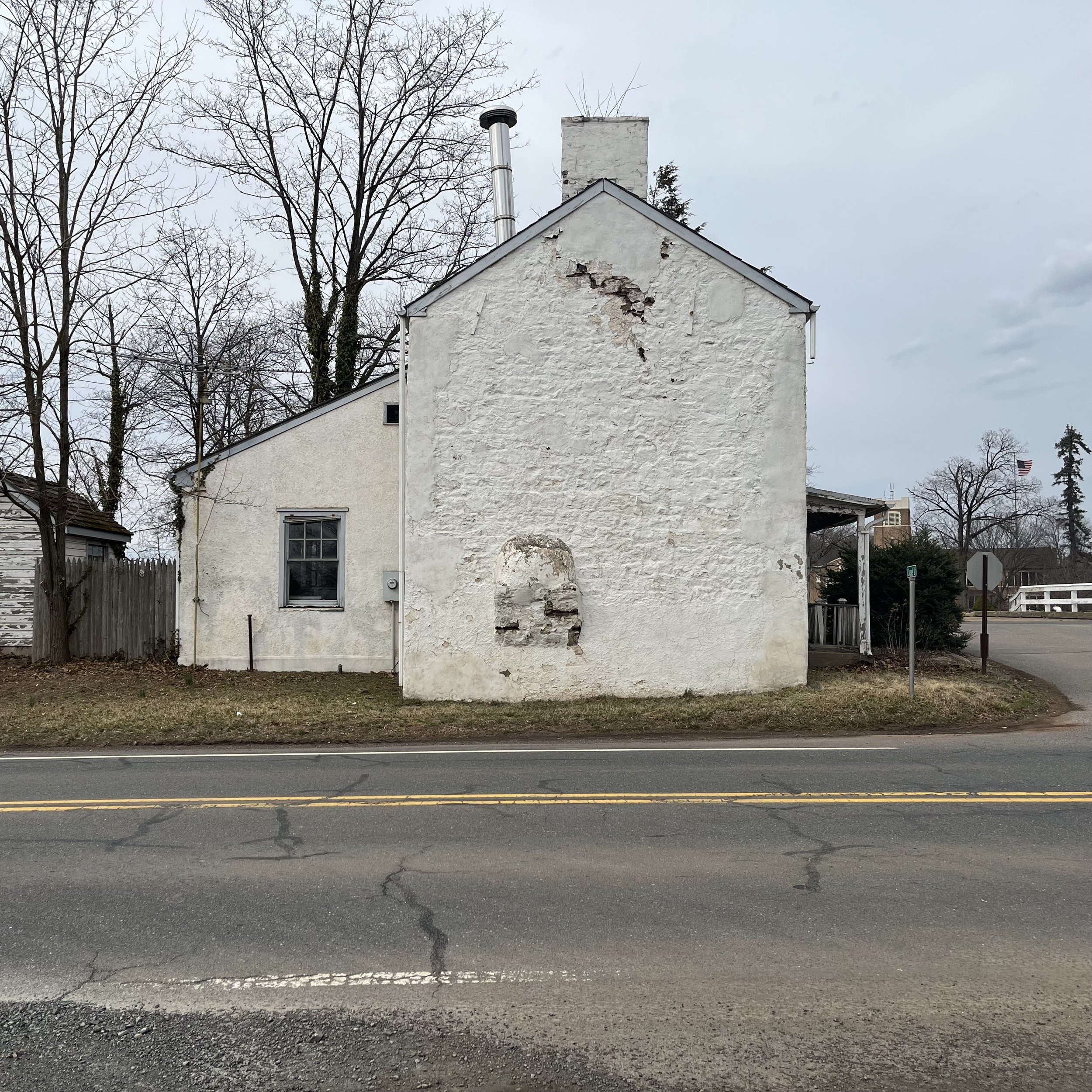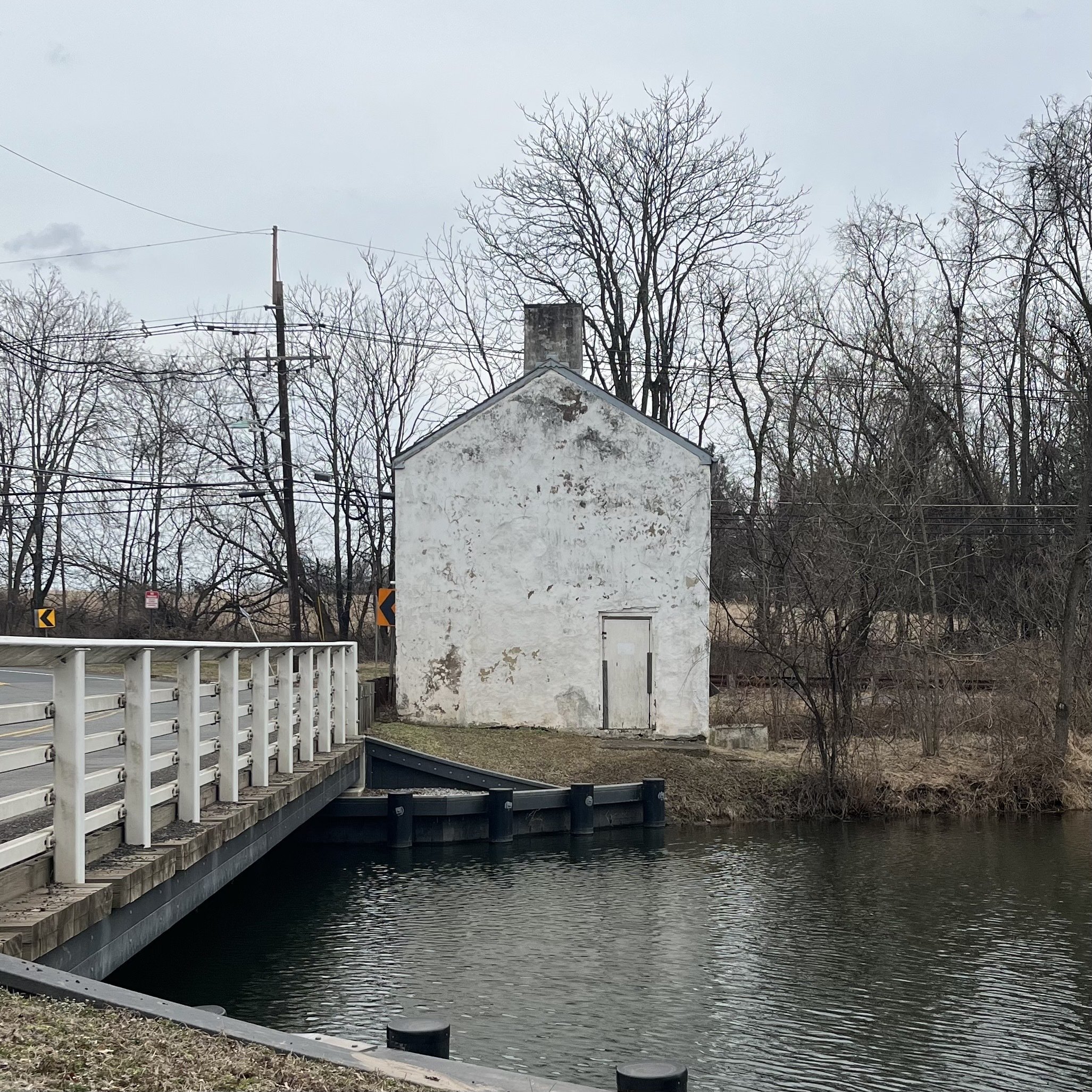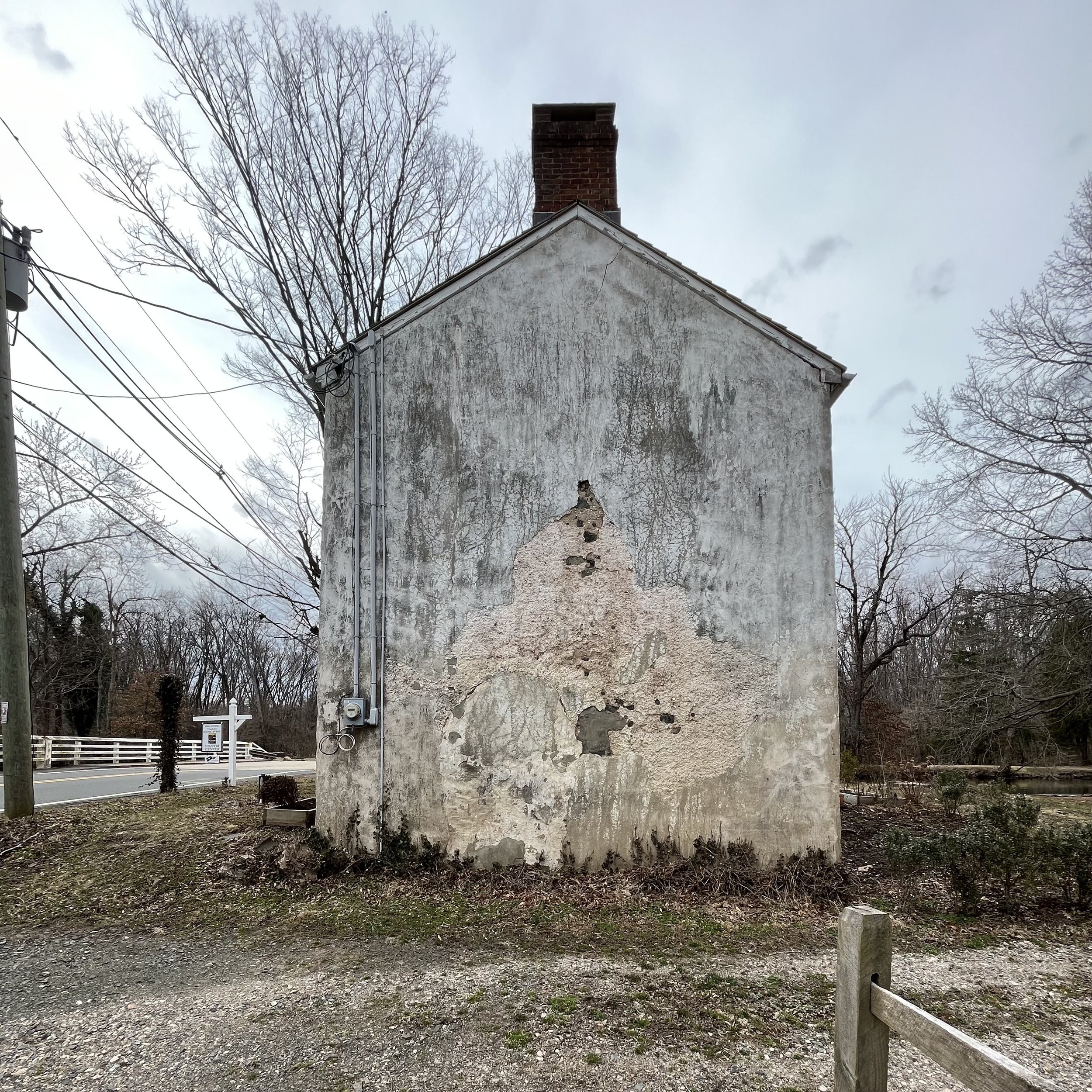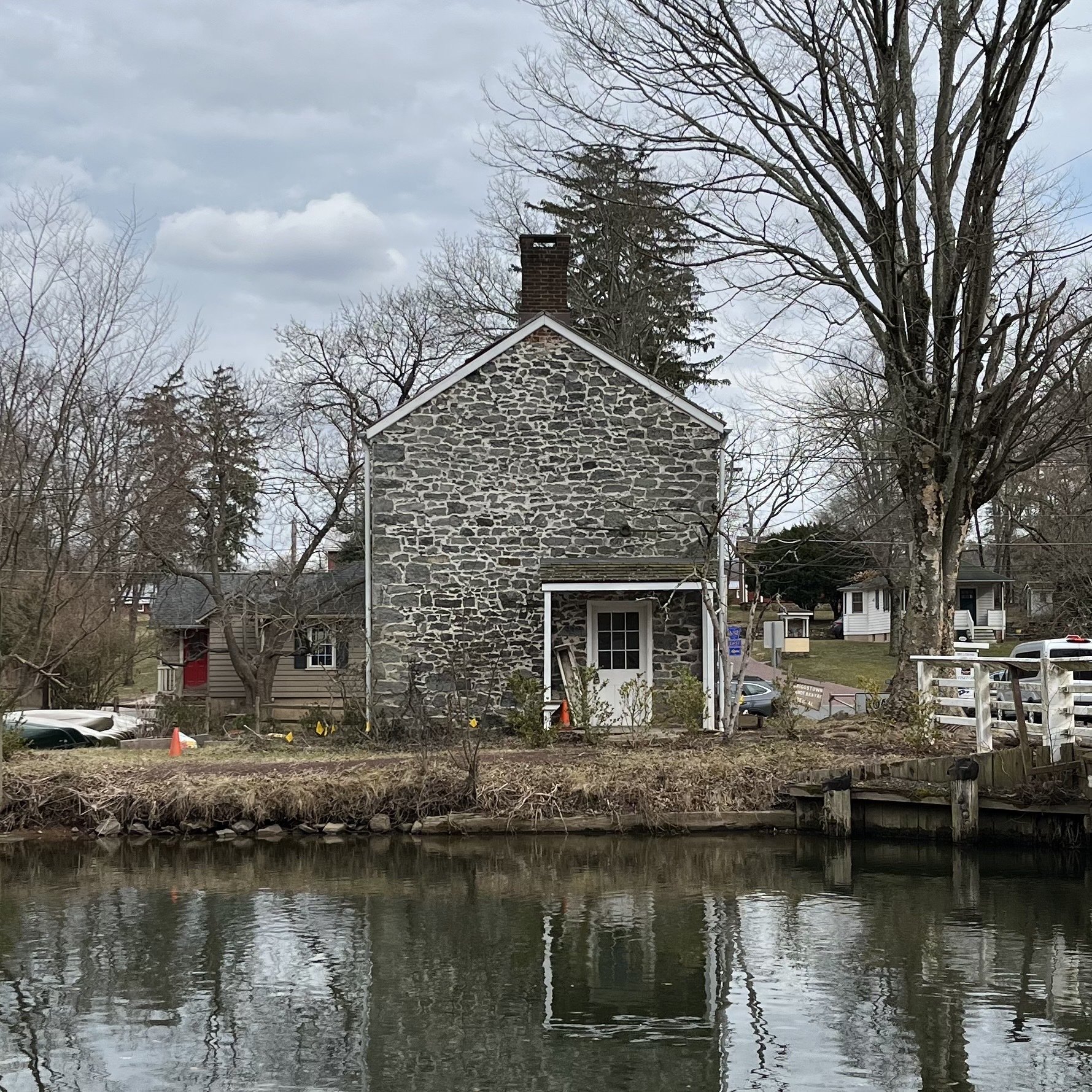Connecting Earth to Earthwork
Ursula Le Guin’s essay “The Carrier Bag Theory of Fiction” maintains that “many theorizers feel that the earliest cultural inventions must have been a container to hold gathered products.”^1 The origin of ceramic is the gat hering of small objects, using the earth to hold things. This investigation grew from a desire to connect literal earth with earthwork, the root of all architecture, using the land on which Princeton students study: New Jersey earth, the land of the Lenni-Lenape.
Dating back to 1000 AD, Lenni-Lenape women used the rich mineral clay deposits along the Delaware River watershed to make ceramic pots, transforming clay to ceramic in day-long pitfirings.^2 Traditions of using the transformed-by-fire material of ceramic in building began in colonized North America in the 1610s with the building of the first brick kiln in Salem, Massachusetts in 1629. Large scale brick production facilities in Trenton and Burlington, New Jersey soon followed.^3 At that point, ceramic was used for sanitaryware, interior components, and building facades, much of which were fabricated from New Jersey and Pennsylvania clay in facilities in Trenton.
^1 Le Guin, Ursula K, Donna Jeanne Haraway and Bul Lee, The Carrier Bag Theory of Fiction (London England: Ignota, 2019).
^2 “Lenape Pottery Making,” New Jersey Women’s History, Rowan University Libraries, 2020. https://njwomenshistory.org/discover/topics/art/lenape-pottery-making/
^3 N. R. Ewan, “Early Brickmaking in the Colonies,” Camden County Historical Society, 1970.
Learning of the immense abundance of raw minerals and clay deposits in the Delaware Valley and its potential for mass production, two potters from Stoke-on-Trent in Staffordshire, England (otherwise known today in popular culture as the competition location for The Great Pottery Throwdown) immigrated in 1852 to Trenton to bring their mold-making, decoration, and firing technology to the United States. Coal-fired bottle kilns—made of fired brick themselves—became useful for firing thousands of items at a time.
At this point, the pottery industry in the United States was at its most successful because of the natural resources of clay and coal and its canal infrastructure. The key to Trenton’s success as an industrial city was its perfect location between New York and Philadelphia, connected by the Delaware and Raritan Canal. Every pottery in Trenton was located adjacent to the canal for easy access. On the canal, clay was brought to the potteries and finished goods was delivered between the cities . Coal from the mines of Pennsylvania was also brought to fire the kilns. With so much production in Trenton, the Delaware and Raritan Canal Company thrived and hired bridge-tenders along the canal to move the bridges for larger boats as well as lock-tenders to manage the water levels.
For close proximity to work, the company gave the bridge-tenders houses. It built 36 canal houses, 11 of which remain today, some as museums. Others have fallen into disrepair, but all 11 remaining are protected historic buildings. The company built all 36 as simple 20 foot by 30 foot two story brick houses.
This pottery industry is essential to American labor history. All the workers were considered ‘skilled’ because of the craftsmanship that the work involved and were unionized in the National Brotherhood of Operative Potters. But as workers were being priced out, the union contract for Trenton pottery workers expired, leading to the Great Worker’s Strike of 1923. Over 4,000 potters refused to work until the potteries renewed their union contract, forcing all 26 potteries in Trenton to shut down. When the contract was not renewed, the industry dwindled until its end in the Great Depression. All of the factory buildings and bottle kilns were demolished and the only remnants of the Trenton pottery industry are the Delaware and Raritan Canal and the canal houses along it.
01-04. Four of the eleven remaining canal houses are in various states of decay and use. All of the houses had the same plan, section, and sizing, though some have received additions.
Incorporating clay and ceramic back into the historic site of the Delaware and Raritan Canal by using the earth itself as a marker became the primary method for preservation in this study. How could the primal use of the earth as a container become a way to remember?
“Connecting Earth to Earthwork; Clay to Building” continues in Issue 31.
Jacqueline Mix (she/her) is an architectural designer and artist who focuses heavily on unusual materials in modern architecture, specifically clay and ceramic. She thinks about the users as essential contributors to the design process that may have been overlooked in modern architecture: womxn, people of color, people of different ability, and lgbtqi individuals. She thinks that the queering of architectural materials can lead to new possibilities of thinking and feeling in space as inclusive, playful, and comfortable. She recently finished her Master of Architecture at Princeton School of Architecture where her thesis dealt with using ceramic modules to revive abandoned canal houses along the Delaware Raritan Canal to create a small-scale ceramic manufacturing industry. She received a Bachelor of Arts in Architecture from Barnard College.




